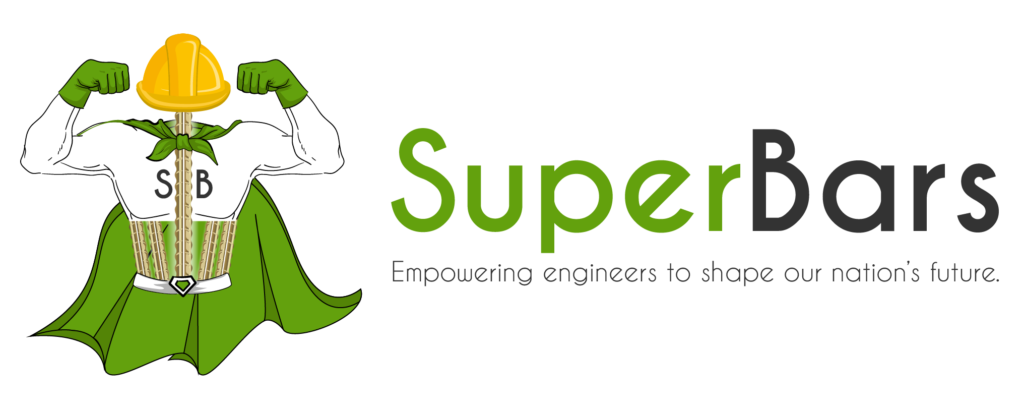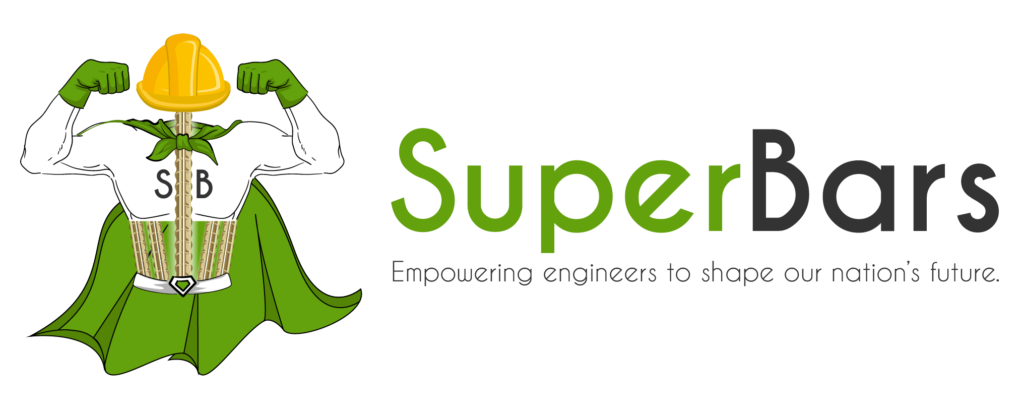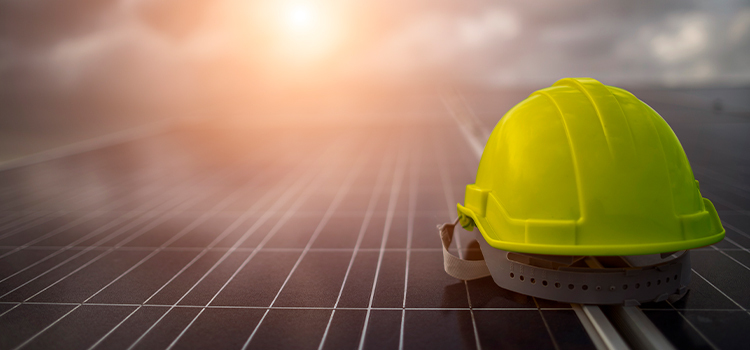Introduction
In the ever-evolving landscape of construction, the pursuit of excellence drives engineers and builders to seek cutting-edge solutions that combine strength, durability, and adaptability. Enter fiberglass reinforcement, a revolutionary material that has redefined the possibilities of modern construction. Within this realm of innovation, SUPERBARS™ has emerged as a trailblazer, offering a range of strengths, including 40 GPa and 60 GPa, each engineered to meet the diverse demands of construction projects.
In this article, we embark on a journey to unveil the advancements brought by SUPERBARS™ and to compare the advantages and applications of these strengths, helping you understand which strength is best suited for various types of construction endeavours.
Understanding Fiberglass Reinforcement
The rise of fiberglass reinforcement in modern construction can be attributed to its remarkable properties. Differing from conventional steel reinforcement, fiberglass is both non-magnetic and corrosion-resistant. This characteristic ensures a longer lifespan for concrete structures that confront harsh environmental conditions. Complementing its corrosion resistance is fiberglass’s lightweight nature, coupled with impressive strength, rendering it an attractive choice for both new construction and retrofitting projects.
Comparing 40 GPa and 60 GPa Strengths
SUPERBARS™ introduces two distinct strengths: 40 GPa and 60 GPa. In order to provide a comprehensive understanding of their contributions, let us explore the advantages and applications of each strength, thus elucidating their roles in diverse construction projects.
- 40 GPa Strength:
Advantages:
Flexibility and Workability: A hallmark of SUPERBARS™ with 40 GPa strength is their superior flexibility, rendering them exceptionally well-suited for intricate designs and shapes. This intrinsic flexibility streamlines the construction process and facilitates creative designs, all while upholding structural integrity.
Moderate Strength: The 40 GPa strength strikes an equilibrium between durability and flexibility. It offers sufficient reinforcement for a wide array of applications, particularly those that demand moderate strength levels.
Cost-Effectiveness: Projects requiring a moderate level of strength can benefit from the cost-effectiveness inherent in 40 GPa Bars. These bars offer substantial savings while still preserving the desired structural stability.
Applications:
Architectural Elements: In architectural designs that demand complex shapes and curves, 40 GPa Bars can be manipulated to seamlessly match the requisites.
Precast Concrete Elements: For precast concrete elements, including cladding panels, facades, and decorative features, the flexibility of 40 GPa BARS proves invaluable.
Non-Load-Bearing Structures: 40 GPa BARS play a pivotal role in non-load-bearing structures like partitions, curtain walls, and façades, providing reinforcement without introducing unnecessary weight.
- 60 GPa Strength:
Advantages:
High Strength: 60 GPa SUPERBARS™ stand out for their remarkable strength, making them the preferred choice for heavy-load-bearing structures and critical applications.
Long-Span Structures: When tasked with spanning long distances or supporting heavy loads, 60 GPa BARS offer the requisite reinforcement to ensure stability and safety.
Optimised Material Usage: The elevated strength of 60 GPa BARS empowers reduced material consumption while retaining the essential structural integrity, fostering efficient resource utilisation.
Applications:
Bridges and Overpasses: The robust strength of 60 GPa SUPERBARS™ renders them an excellent fit for the construction of bridges and overpasses, where safety and load-bearing capacity stand as paramount considerations.
High-Rise Buildings: Tall structures necessitate materials capable of withstanding vertical and lateral forces. In this context, 60 GPa BARS find their niche, ensuring stability and structural integrity.
Industrial Facilities: Industries housing heavy equipment and machinery benefit from the strength of 60 GPa BARS for their flooring, foundations, and structural components.
Choosing the Right Strength for the Right Project
In the intricate tapestry of construction, selecting between 40 GPa and 60 GPa SUPERBARS™ hinges on the specific demands of the project at hand. While 40 GPa offers remarkable flexibility and versatility, 60 GPa provides unparalleled strength to cater to the demands of rigorous applications. The judicious selection between these strengths necessitates a thorough examination of the project’s requisites, load-bearing requirements, and design intricacies.
Conclusion
The evolution of construction materials introduces fiberglass reinforcement as a transformative force, embodying attributes of corrosion resistance, flexibility, and strength. SUPERBARS™ steps into this arena with its dual offerings of 40 GPa and 60 GPa strengths, each tailored to cater to distinct project needs. In a realm where architects, engineers, and builders embrace innovation, the choice between these strengths emerges as a pivotal decision that significantly influences the trajectory of construction projects.








